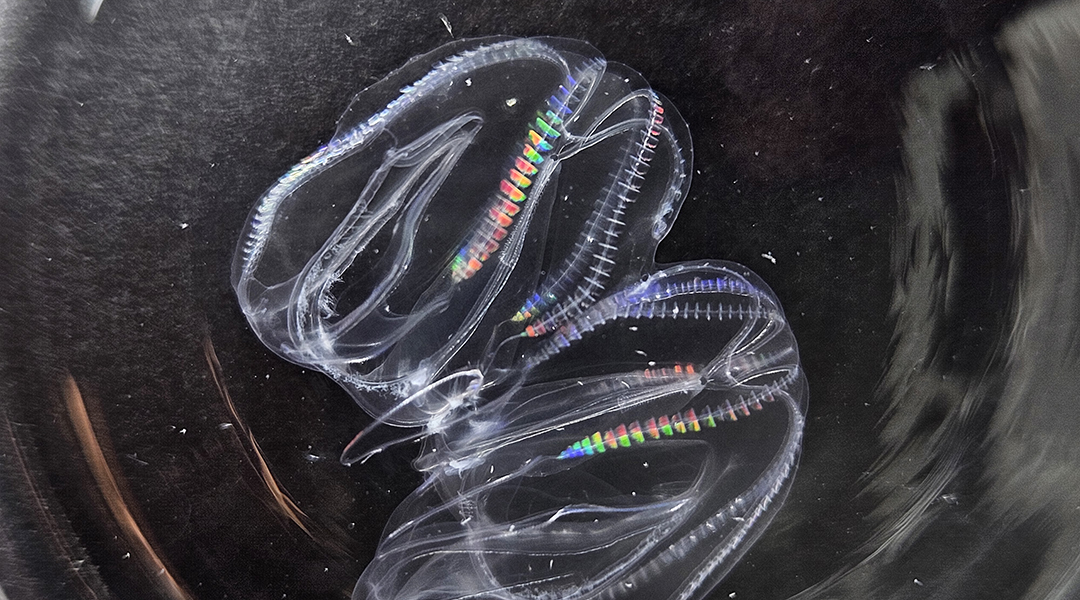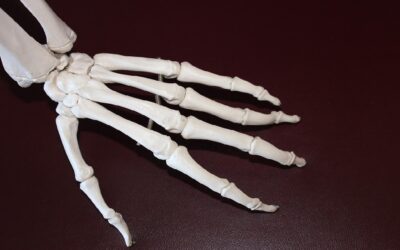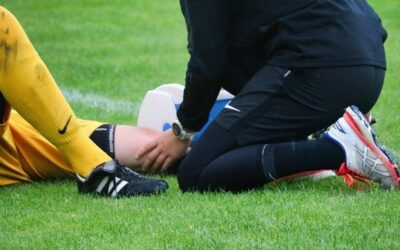Kei Jokura, a post-doctoral researcher with Japan’s National Institute for Basic Biology, studies ancient sea creatures called comb jellies. These invertebrates give researchers a glimpse of the earliest forms of animal life. But in a new development, when Jokura went to the lab where the jellies live, he saw an astonishing sight: two of these primitive jellyfish-like animals had seemingly fused together.
After rushing to show his astonished lab mates, the group began investigating exactly had happened, the results of which may unlock secrets about how these animals rapidly heal and regenerate nerve tissues, something mammals, like humans, are unable to do.
Comb jellies are marine invertebrates from the phylum Ctenophora, and one of the first animals to split from the common ancestor of all animals roughly 600 million years ago. While superficially they look like jellyfish, with gelatinous bodies and a balloon-like shape, they are in fact a different species.
For Jokura and his colleague, Mariana Rodriguez-Santiago, the interest in studying these animals stems in part from their evolutionary age. “Despite being evolutionarily primitive, comb jellies show advanced and very complex behavior patterns,” said Jokura. “All controlled by their nervous system.”
By studying these animals, Jokura believes the origin of the neuron could be discovered. Uncovering the earliest forms of the nervous system could answer questions about how the nervous system evolved and functions and what to do when it doesn’t.
The ability to heal and regenerate
The jellies are also known for their ability to rapidly heal and regenerate lost tissue. According to Jokura, jellies which lose up to a quarter of their body can regenerate in about 48 hours. This ability likely enables the fusing phenomenon Jokura witnessed but it is slightly counterintuitive, according to Rodriguez-Santiago.
Normally, healing like this involves a strong immune system which involves that the ability to recognize an individual’s own tissues versus foreign bodies. In the case of the two jellies fusing together, this part of the immune system appears to be non-existent.
“If they can regenerate, then presumably that means that they have a really good immune system or something that is sensing, ‘Oh, no, this is bad’,” she said. “I think that the fusion was surprising and how quickly it happened, versus just the two of them just regenerating on their own.”
The first step to understanding what was going on was to recreate a fusion event. The team placed injured jellies next to each other and found that those with injuries in one of the two lobes making up the body could fuse together in as little as two hours. The fused individuals were now essentially two headed individuals.
Comb jellies have what is called an apical organ, which contains photo, gravity, and chemical sensors, and acts like a primitive brain. Proof that the two individuals were completely integrated came from the team stimulating muscles in one side and seeing the coordinated reaction throughout the body. Or the distribution of food fed to one side throughout the fused body.
Getting to the bottom of new biological processes
It is still unclear exactly how the new fusion process works, but Jokura says it likely doesn’t occur in nature because the ocean, which is characterized by currents and movement, wouldn’t allow injured individuals to remain in close enough contact to complete the fusion.
However, this biological accident is a fascinating opportunity to study an incredible feat of regeneration that is rarely seen in the animal world. The results of this inquiry could reveal entirely new biological processes involved in wound healing and the ability to incorporate another individual’s tissue in the body.
“We don’t have an exact molecule that we know lets them fuse, but that tells us that maybe there are other ways to regenerate that we hadn’t considered before,” said Rodriguez-Santiago.
By investigating the fusion process in detail and performing studies which compare the similarities and differences between ctenophore and mammalian immune systems, key pathways or conditions might be revealed.
Jokura, Rodriguez, and their colleagues are now focused on studying the integration of the fused individuals’ nervous systems. Questions such as which apical organ is driving the body at a given time are especially fascinating, says Jokura, and techniques like live imaging of the fused nervous system may provide the answers.
Reference: Kei Jokura, et al., Rapid physiological integration of fused ctenophores, Current Biology (2024). DOI: 10.1016/j.cub.2024.07.084
Feature image credit: Kei Jokura et al














